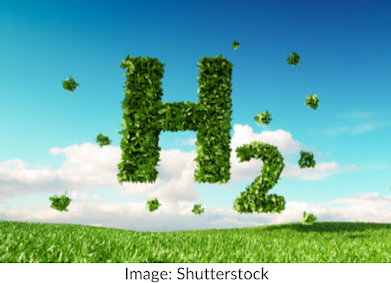Organic Photovoltaics: An Invisible Solar Energy Revolution in the Making

Image: https://ensia.com/features/organic-solar-cells-energy-power/ Think solar energy. Your mind likely brings up images of fields or roofs dotted with blue rectangles – photovoltaic (PV) solar panels. But what if anything that basks in the sunshine could become an energy magnet? The technology making this possible could soon surround us – and we won’t even see it. PV panels have been springing up around the world for a while now, but this expansion poses some challenges. Their production requires huge amounts of (often fossil fuel-generated) energy and unsustainably sourced rare metals. Also, after they are decommissioned, high volumes of panel waste expose communities and the environment to the harmful substances found within them. On top of that, PVs are opaque and bulky, which limits where they can be installed. Meet Organic Photovoltaics (OPVs): the thin, flexible, and transparent up-and-comer ready to shake things up in the solar energy universe. The sun emits virtuall...

.png)




